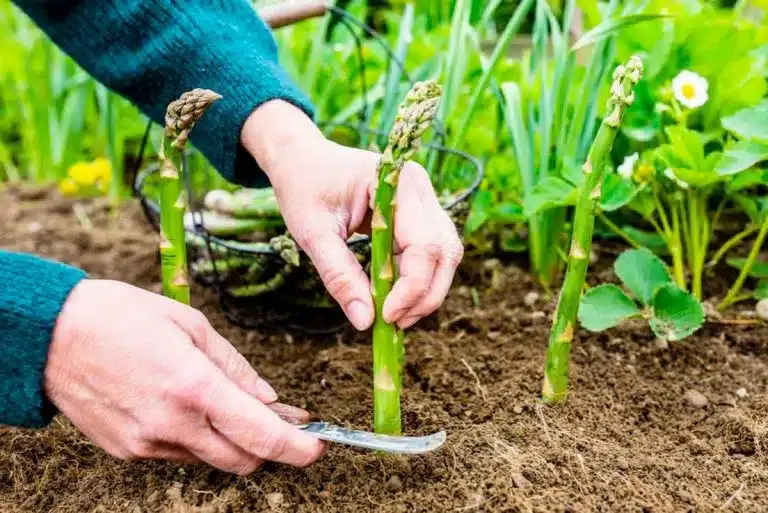Maximize Your Asparagus Harvest for Years to Come with These 9 Essential Tips
Did you know that asparagus holds incredible potential as a cooking ingredient? Its versatility is often underestimated, while its abundant nutrients offer a significant boost to your well-being. What’s more, you might be surprised to learn that you can establish your own asparagus haven in your backyard, eliminating the need for frequent store visits.
The advantages of growing asparagus at home are manifold. Although it requires patience and dedication for approximately three years before reaching its full potential, once established, your asparagus plant will yield a bountiful harvest year after year. Moreover, this remarkable plant exhibits a captivating beauty, with its elongated, delicate stems taking on a stunning warm hue during the cooler months.
With appropriate guidance, you can cultivate this delectable and nutritious vegetable in a wide range of US climates (USDA zones 2-8). By adhering to the correct instructions, you’ll soon have the pleasure of savoring a consistent supply of fresh asparagus.
1. Indoor Seed Starting
To start growing asparagus from seeds, begin indoors between February and May. Choose a well-lit room with ample natural light, maintaining a temperature range of 70 to 85 degrees Fahrenheit.

2. Seed Soaking and Planting
For enhanced germination, soak your seeds in water for a few hours before planting. Plant three seeds per 3.5-inch pot in sterile soil, and cover the top with sand.
3. Optimal Pot Placement
Ensure your asparagus pots have drainage holes. Place the pots in a tray or pan and water from below to prevent waterlogging. Consider using a heating pad to maintain a warm environment for your seedlings.
4. Transplanting Time
After three months of indoor growth, it’s time to move your seedlings outside. Check for frost risk in the weather forecast, then place the seedlings outdoors, spacing them 18 inches apart in rows that are 4 inches apart.
5. Patience is Key

Lightly cover the seedlings with soil and water them once a week. Allow them to grow throughout the summer and trim them back in the fall. After repeating this process for three years, you can start harvesting your homegrown asparagus!
6. Consider Using Crowns
If waiting three years is not ideal, you can purchase asparagus crowns that are ready for planting. Research the best asparagus variety for your location and ensure your beds are prepared.
7. Bed Preparation

Choose well-draining soil with a neutral pH for your asparagus crowns. Dig 12-inch troughs in your beds and create small mounds of loose dirt at the bottom of each furrow, spaced at least 18 inches apart. Place each asparagus crown on top of these mounds, allowing the roots to dangle down into the trough.
8. Proper Care

Ensure your asparagus crowns receive adequate water and add soil around them as they grow. Frequent weeding of the beds is necessary. After two years of growth, your asparagus should be ready for consumption.
9. Harvesting Tips

During the first year, limit harvesting to approximately four weeks, but in subsequent years, you can extend the harvest period. Harvest shoots when they reach a height of 8 inches. Use a clean, sharp knife to cut the shoots.


